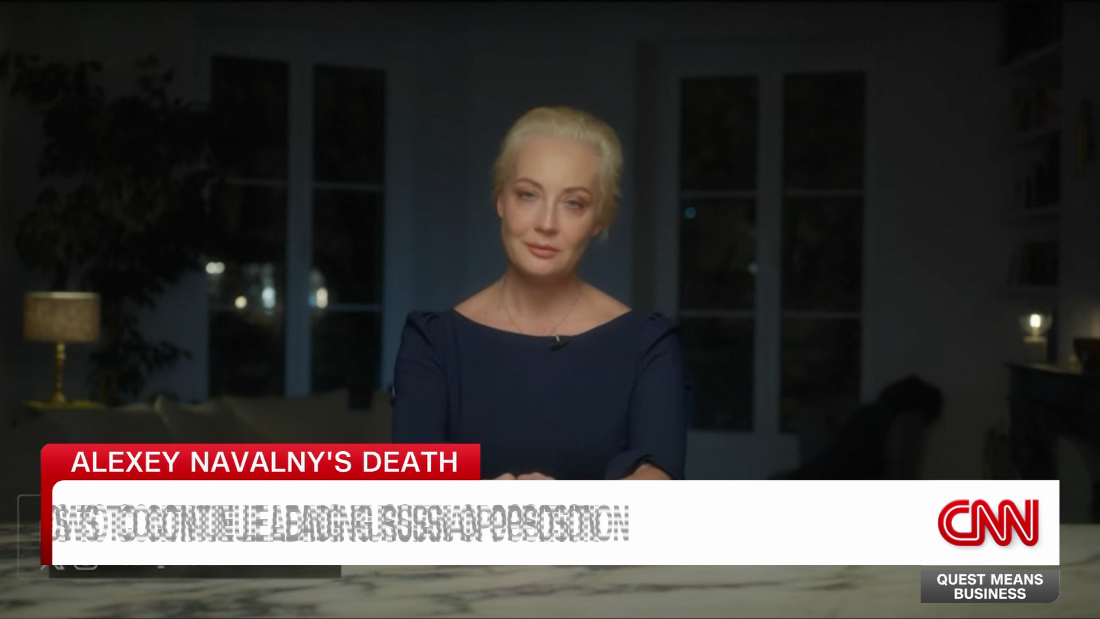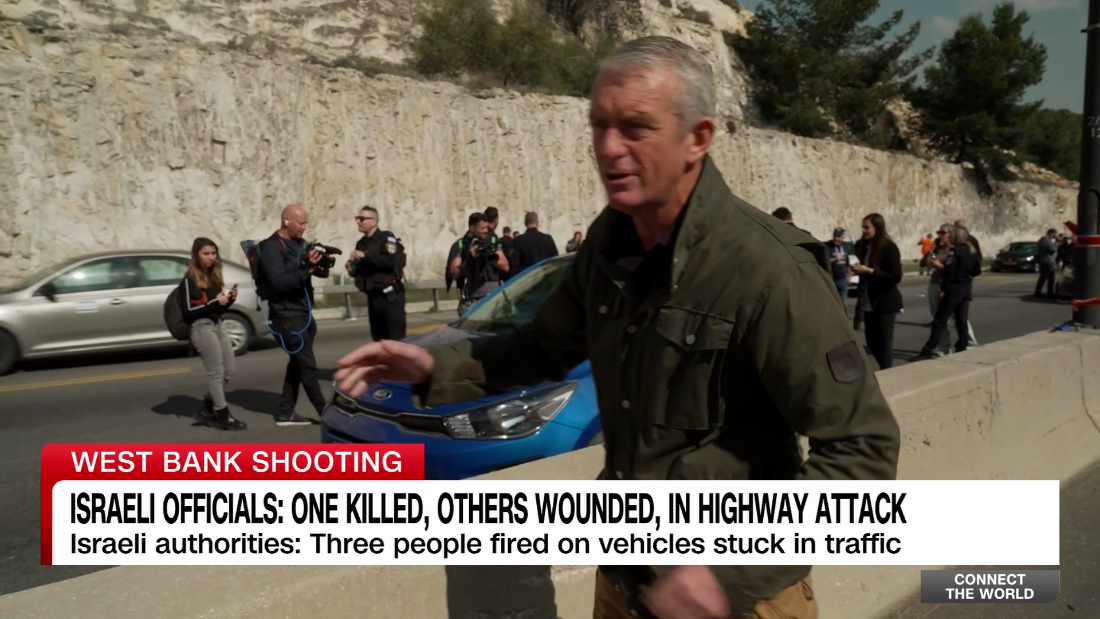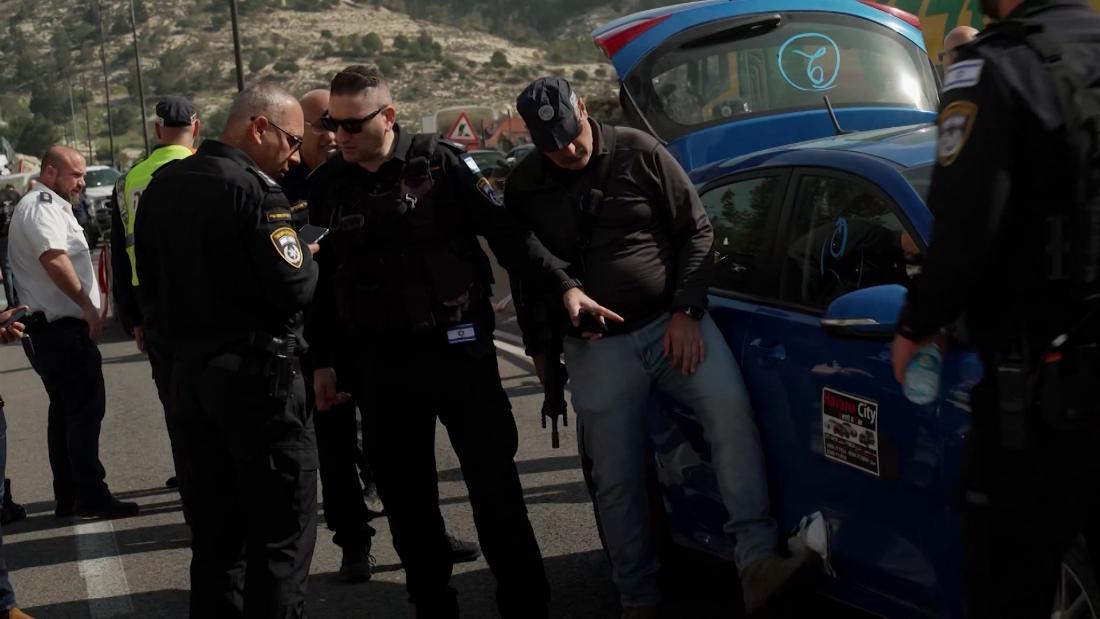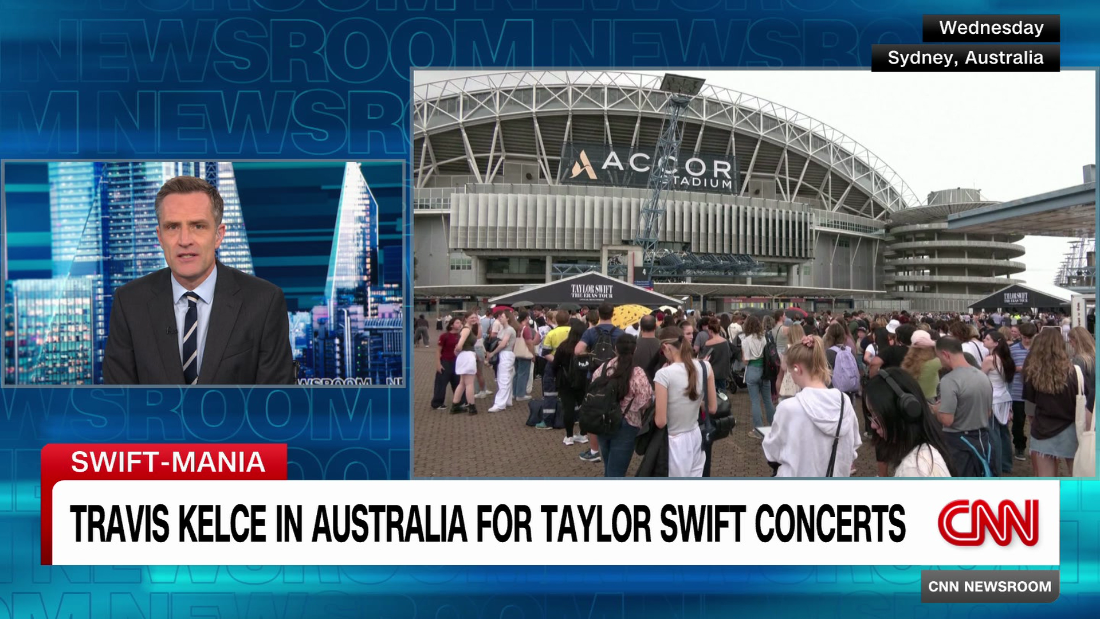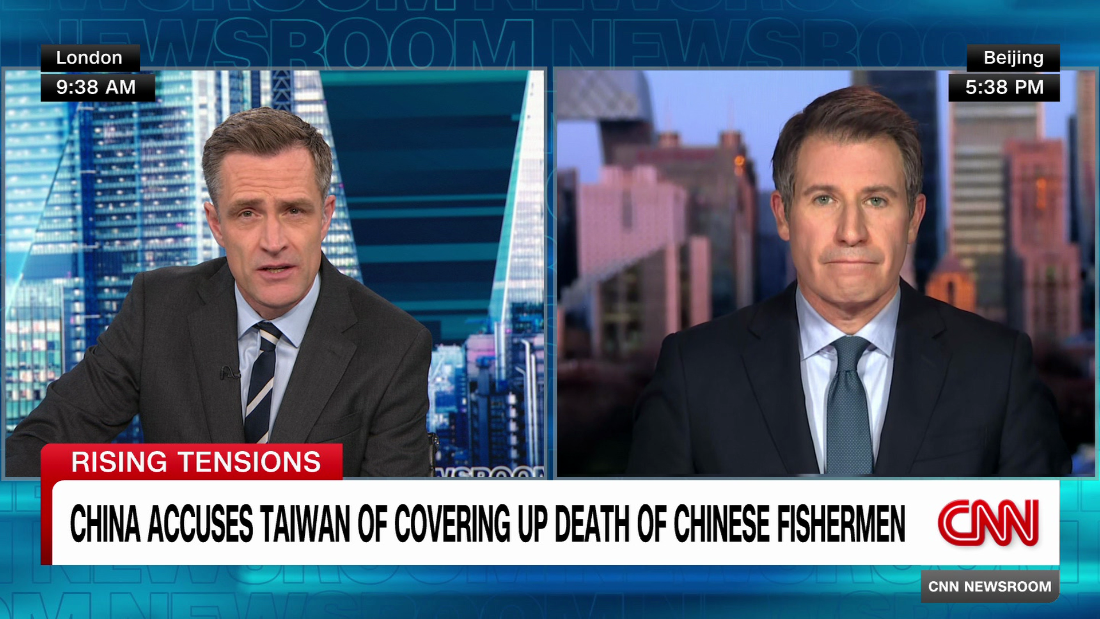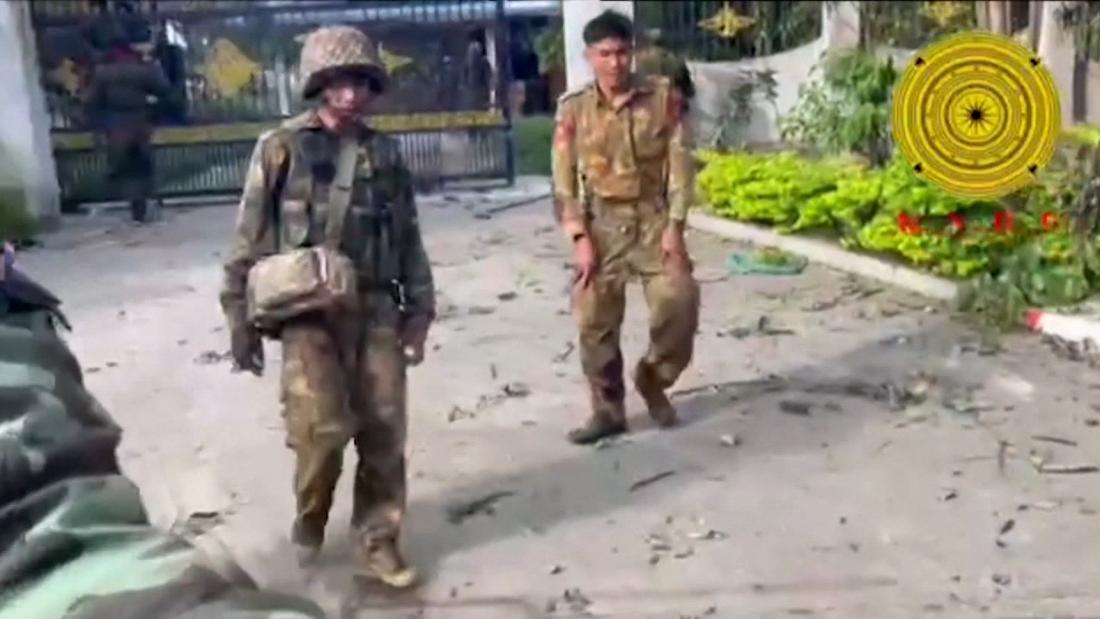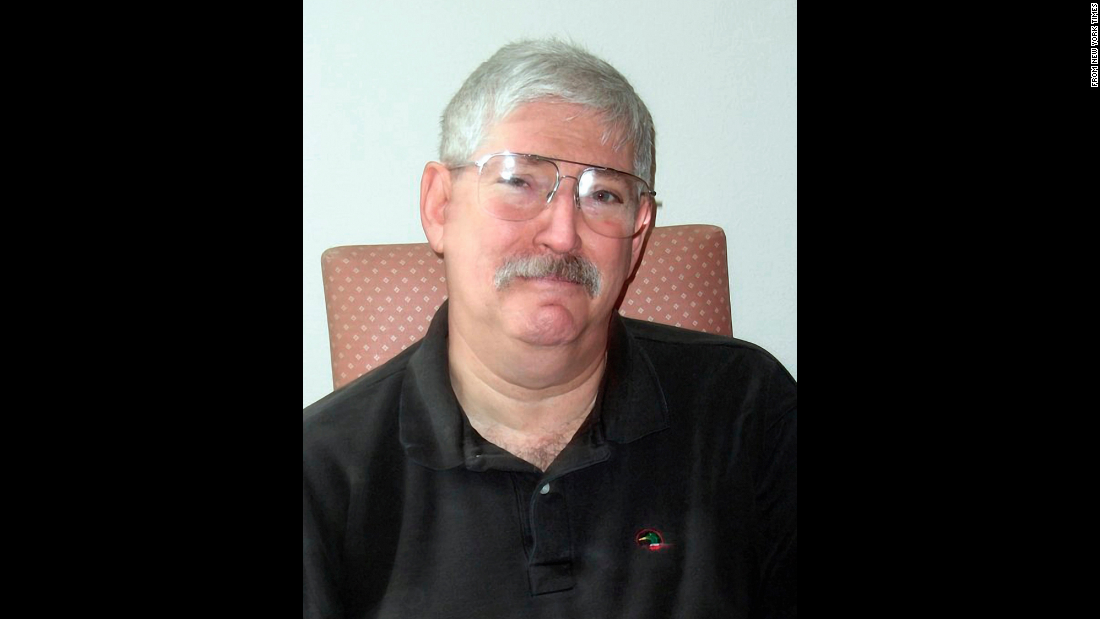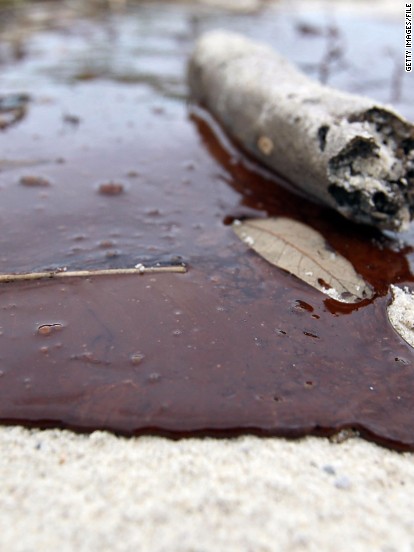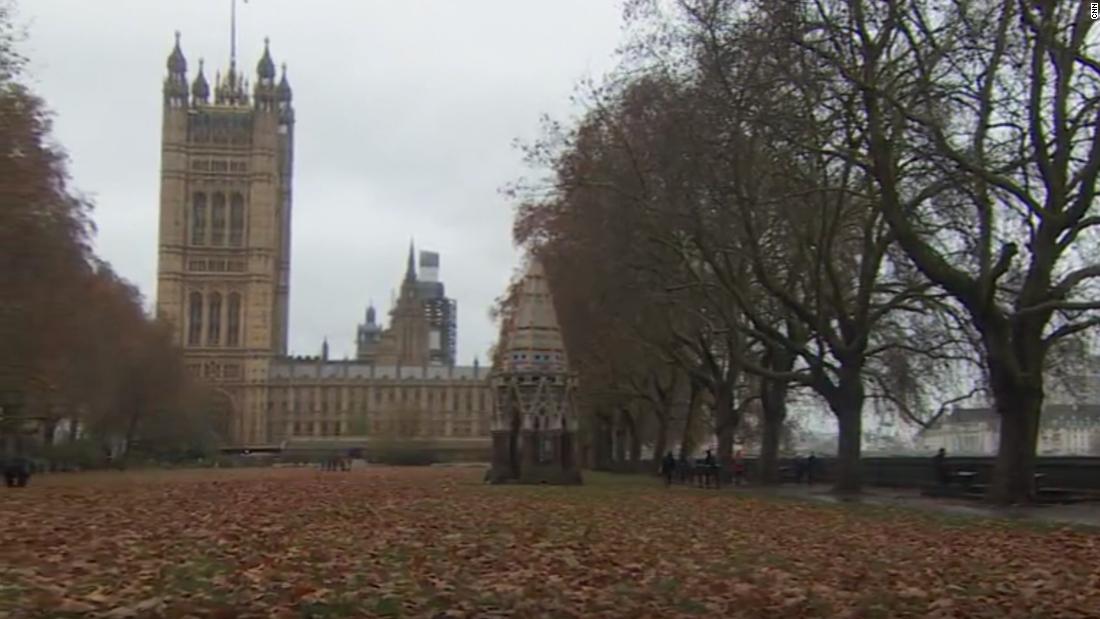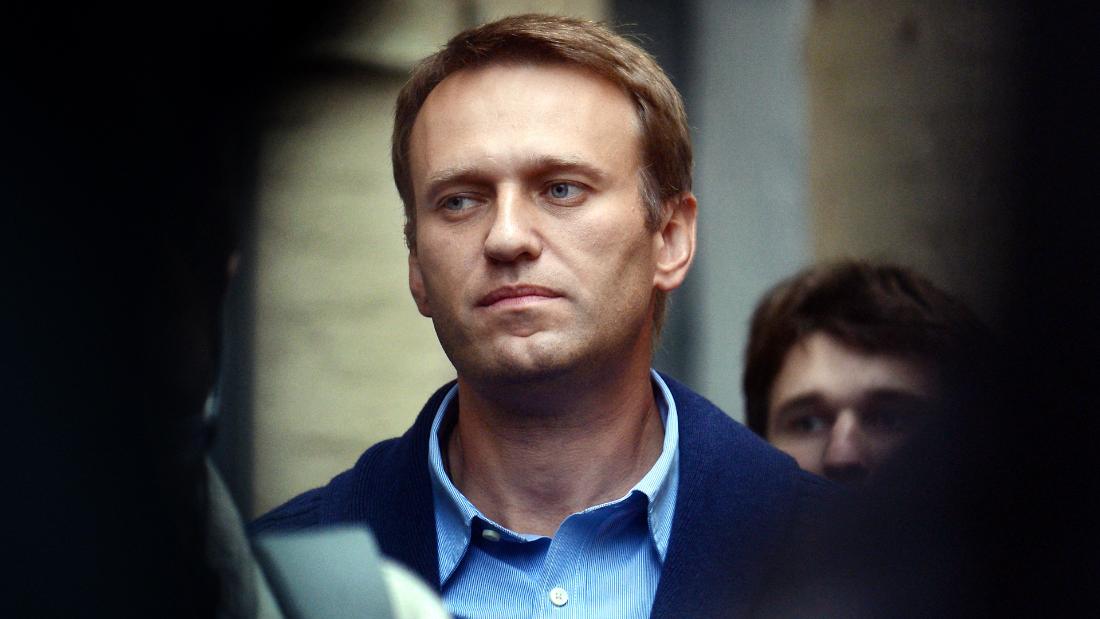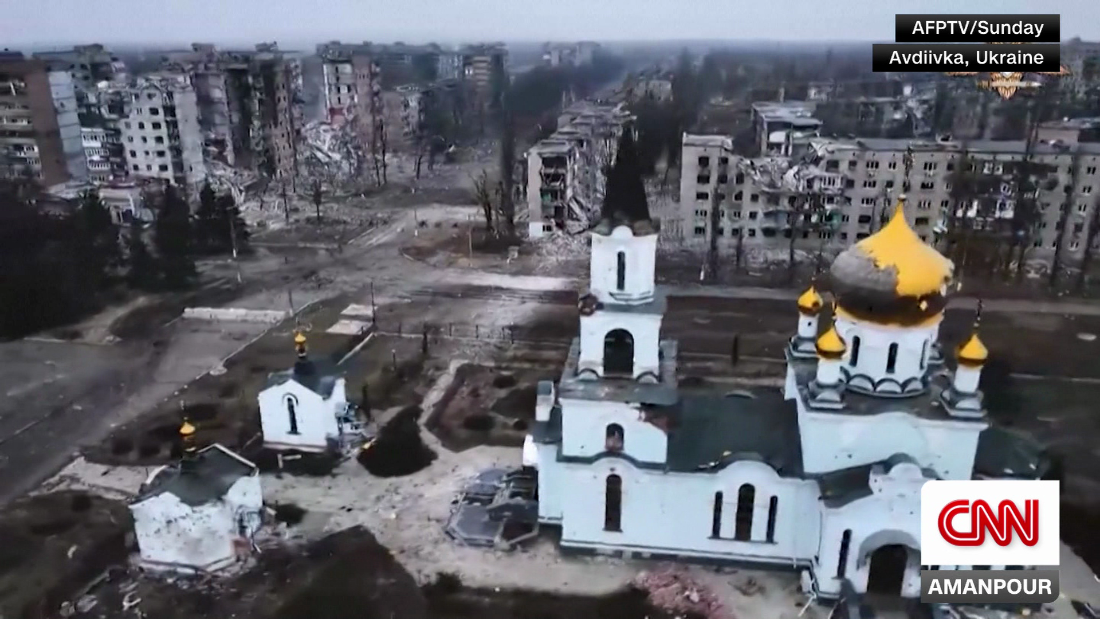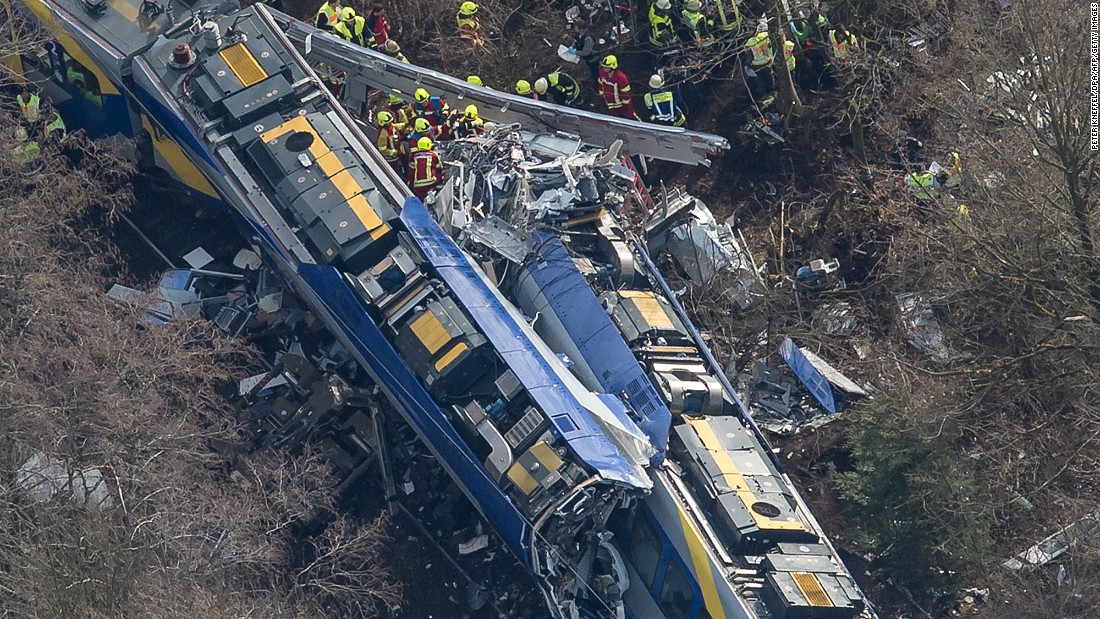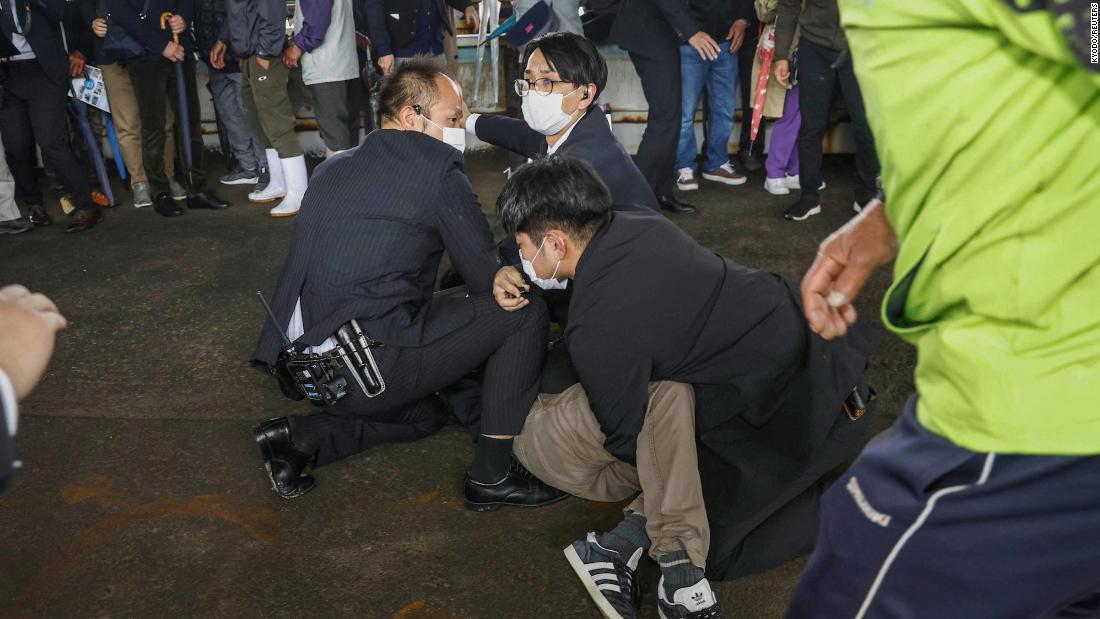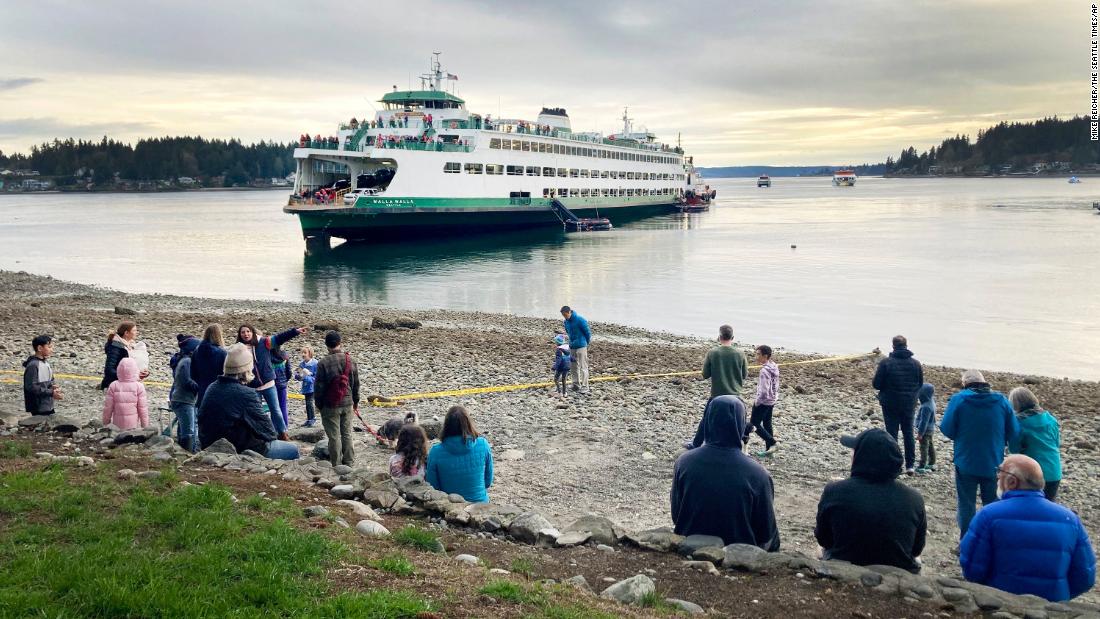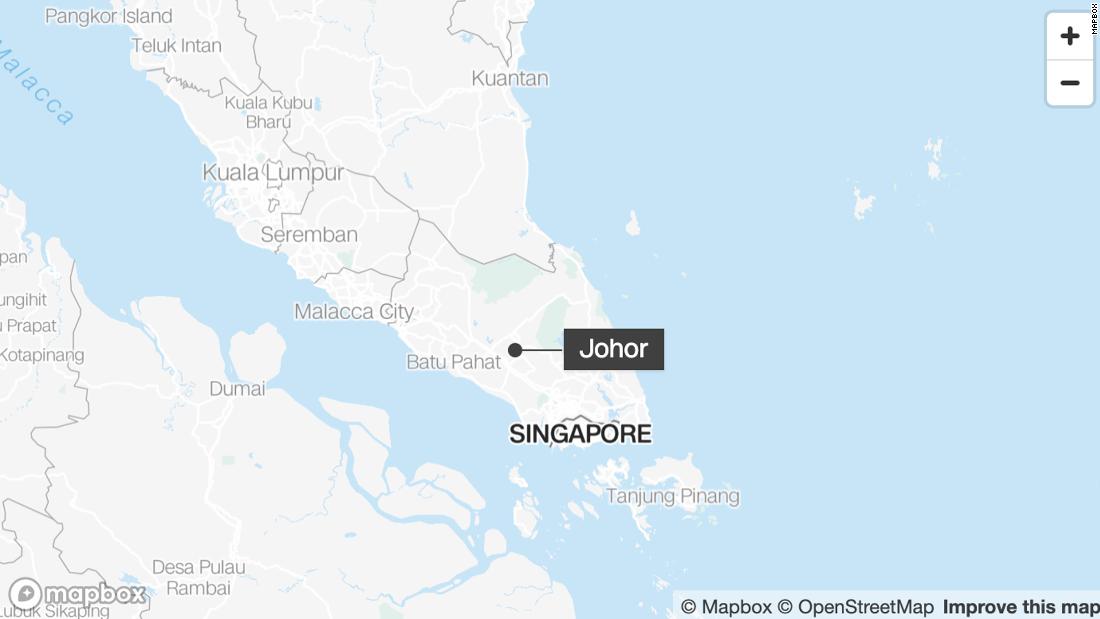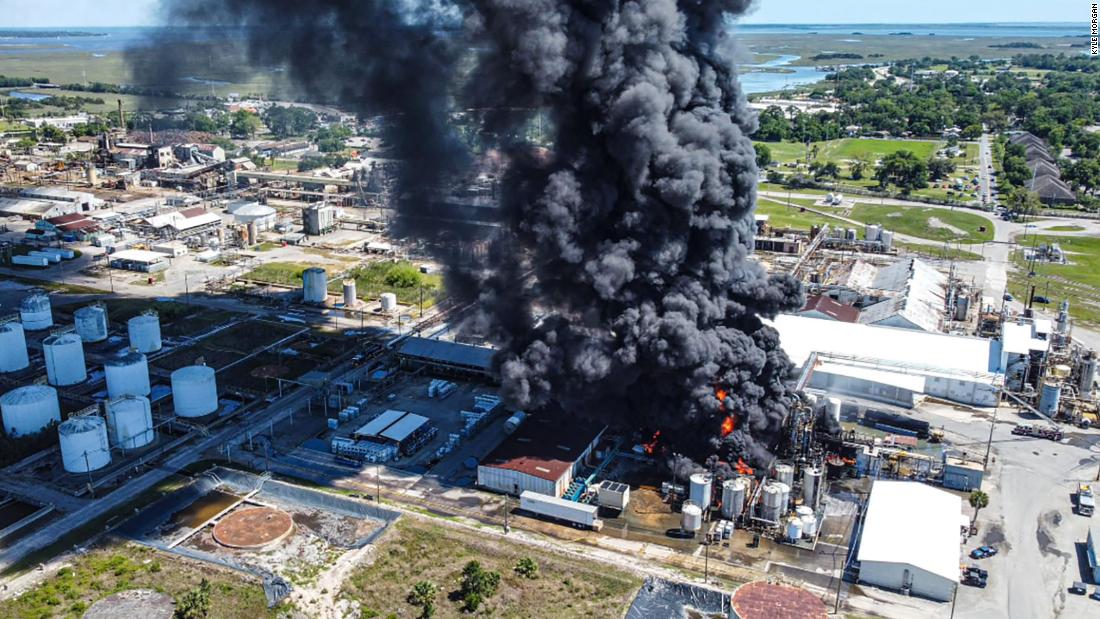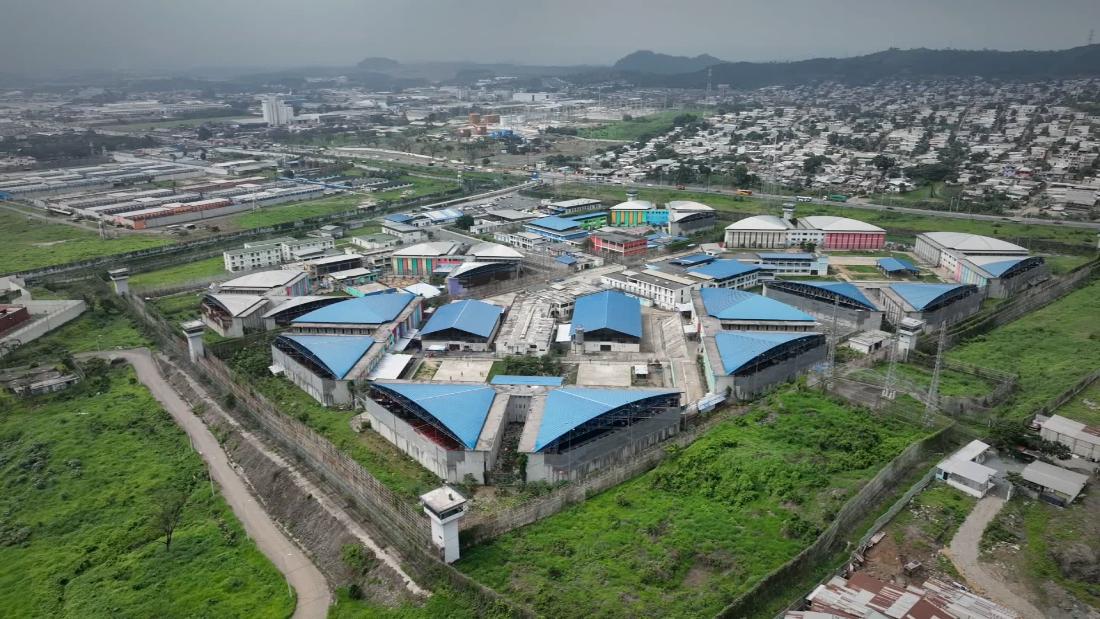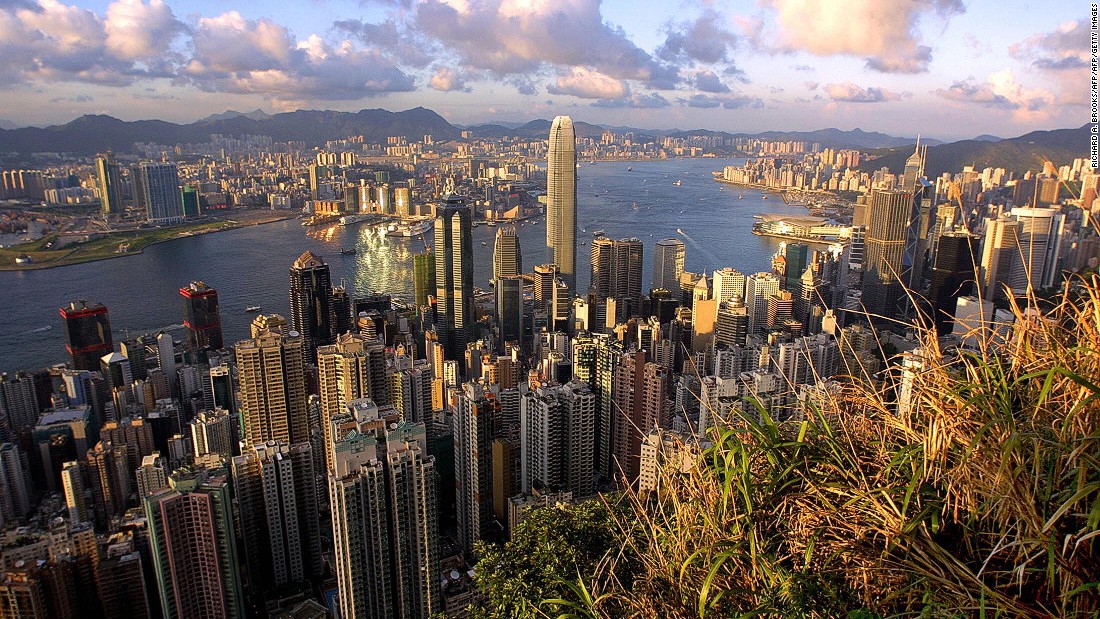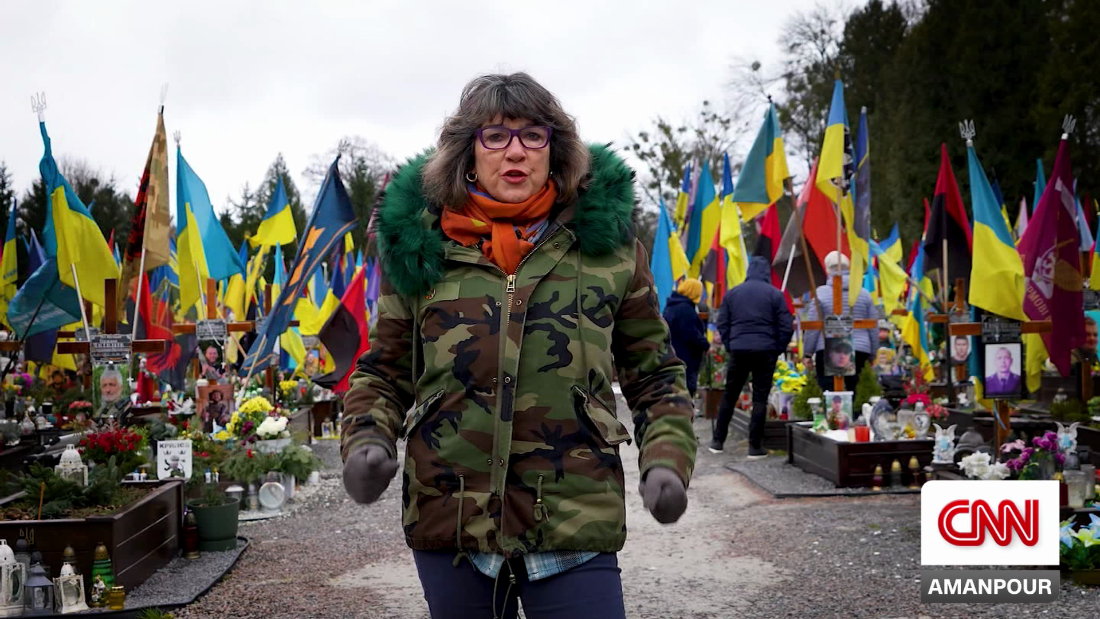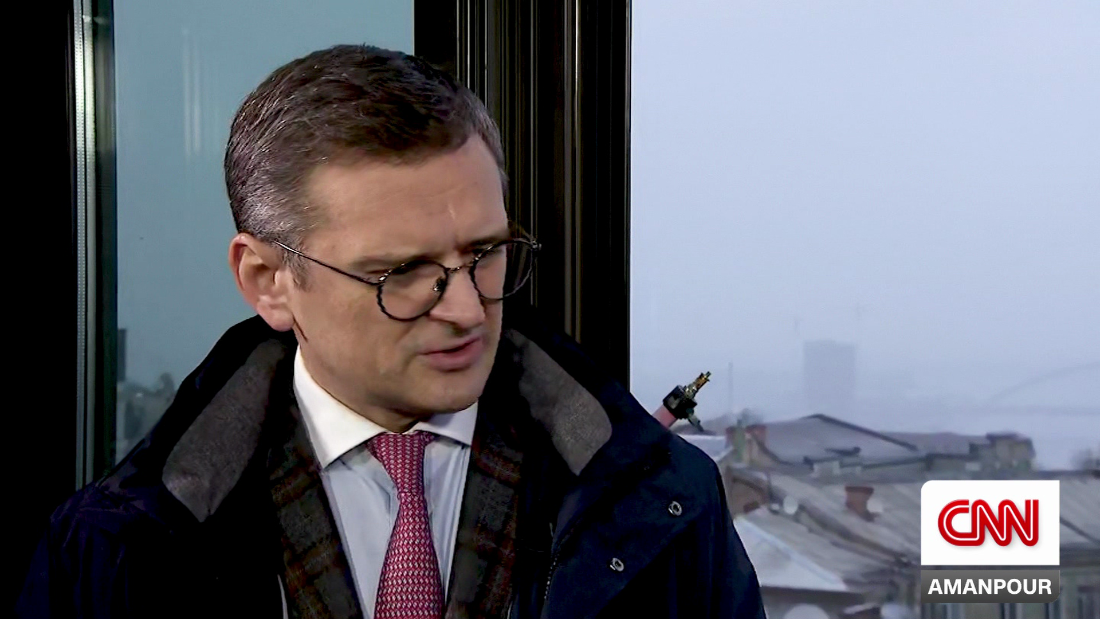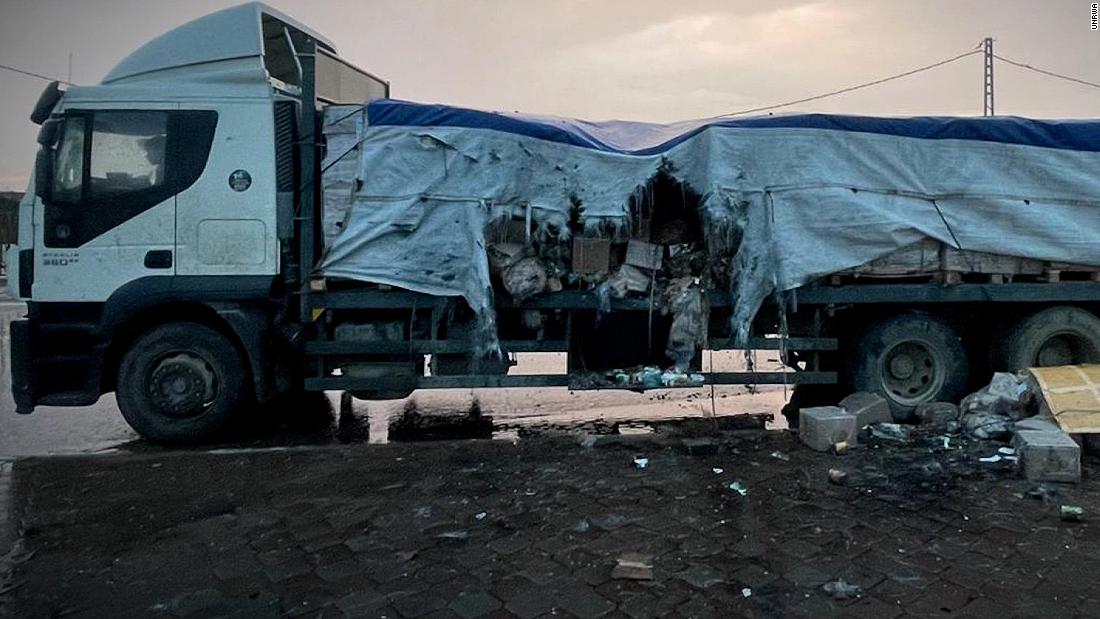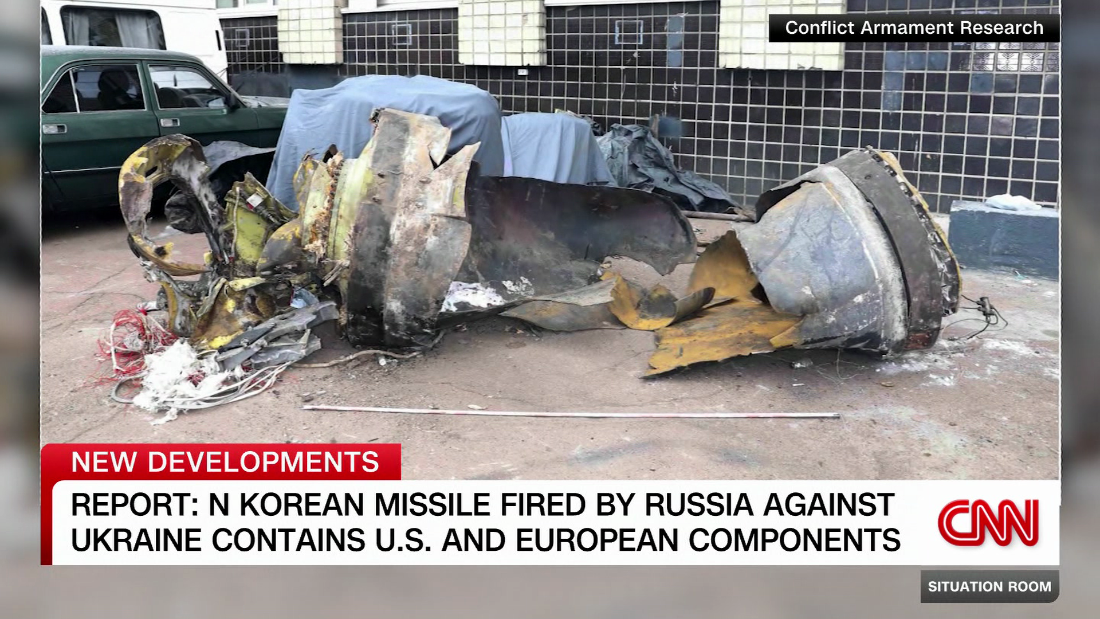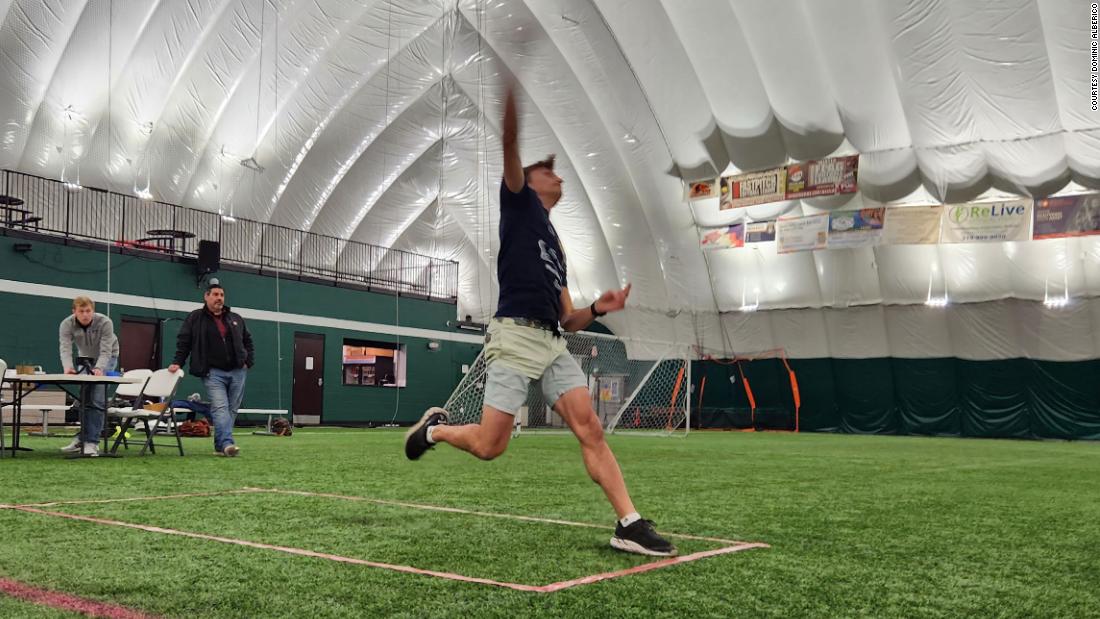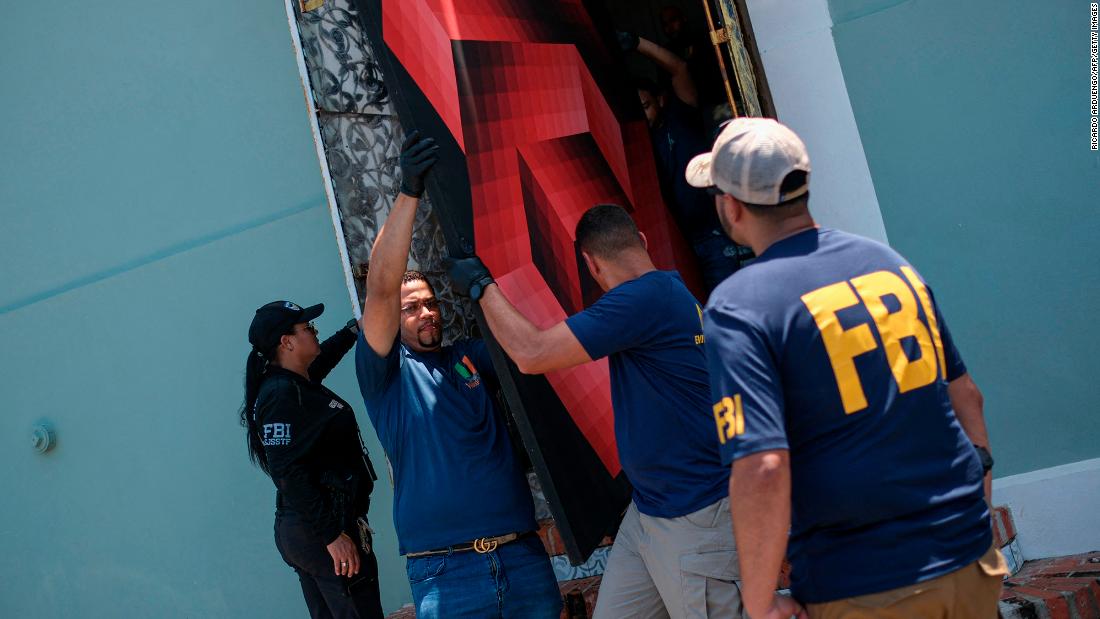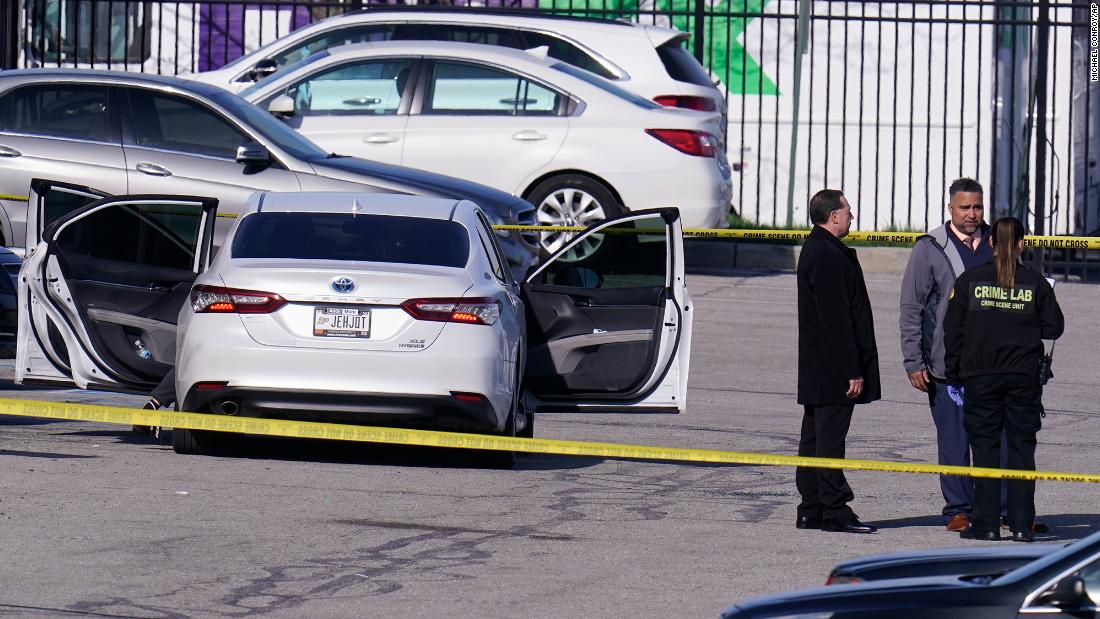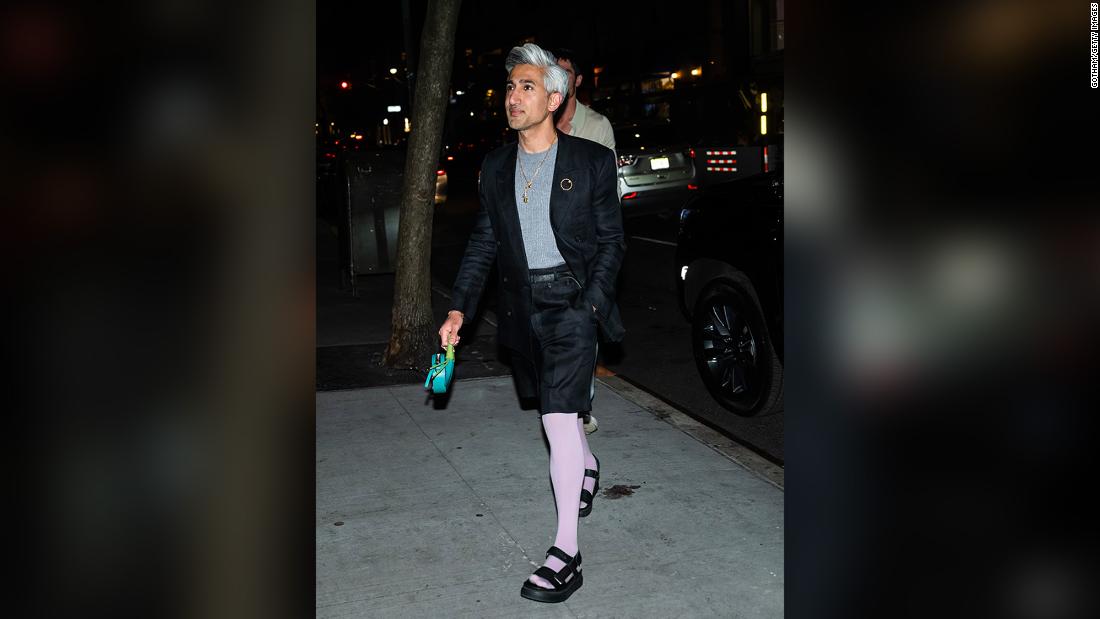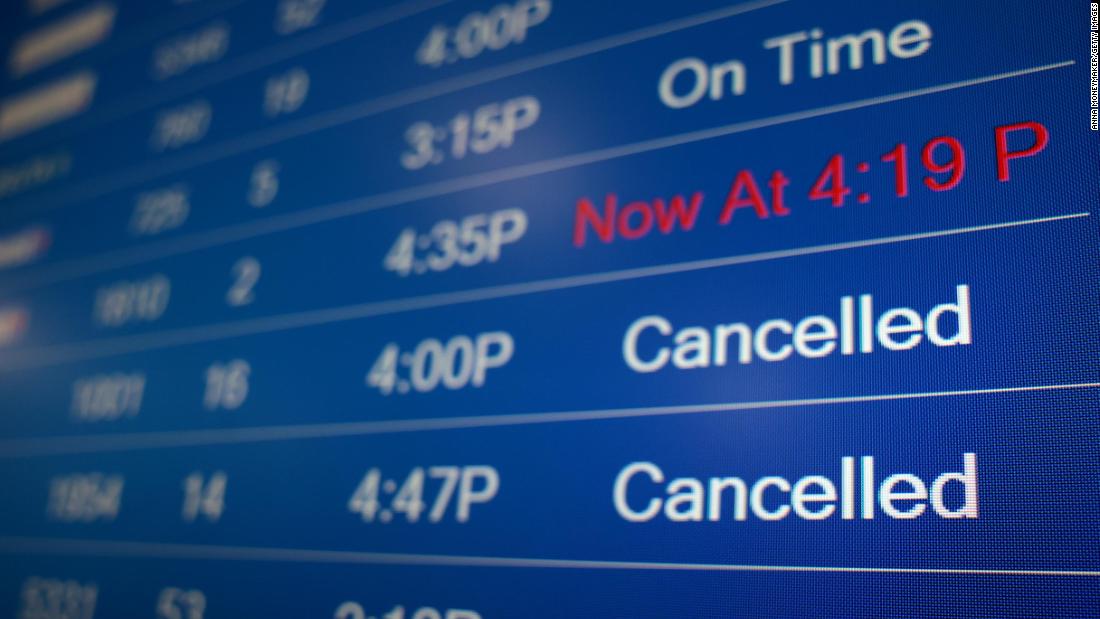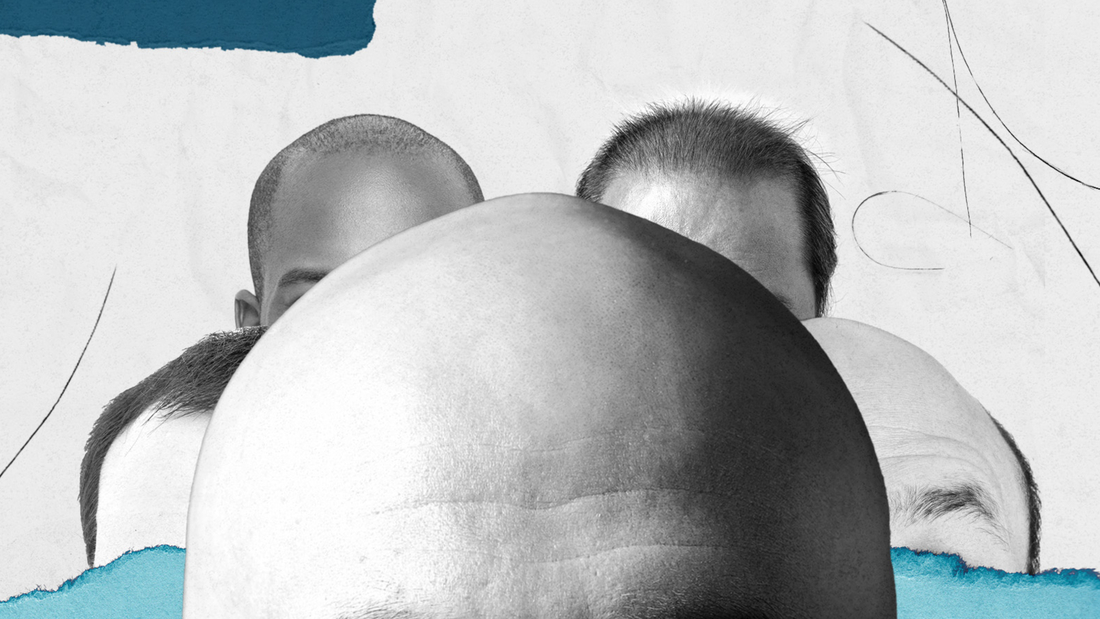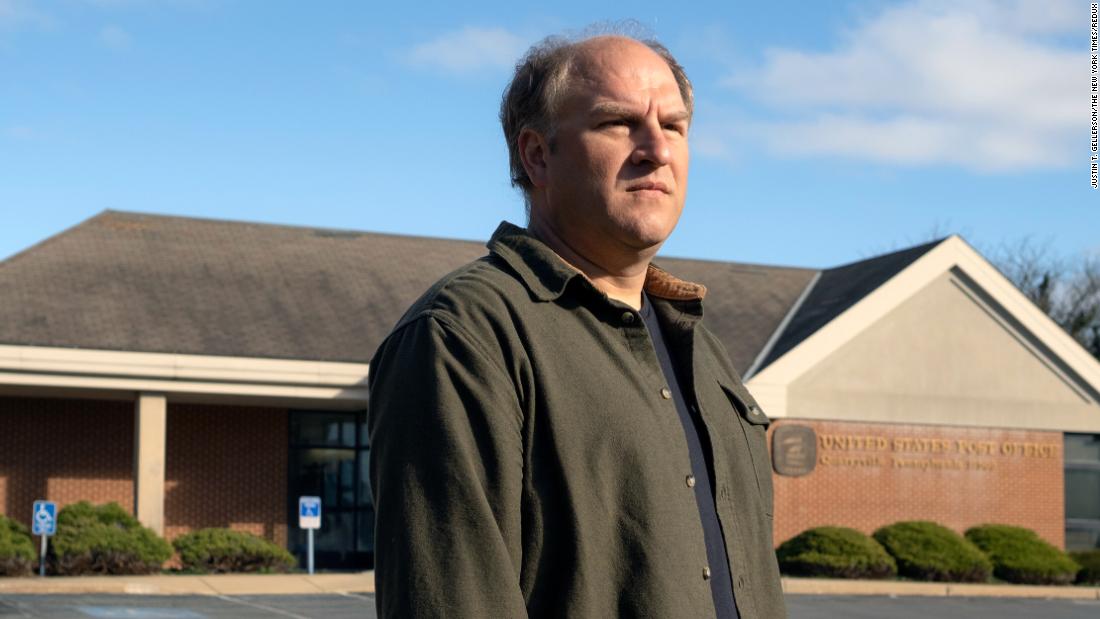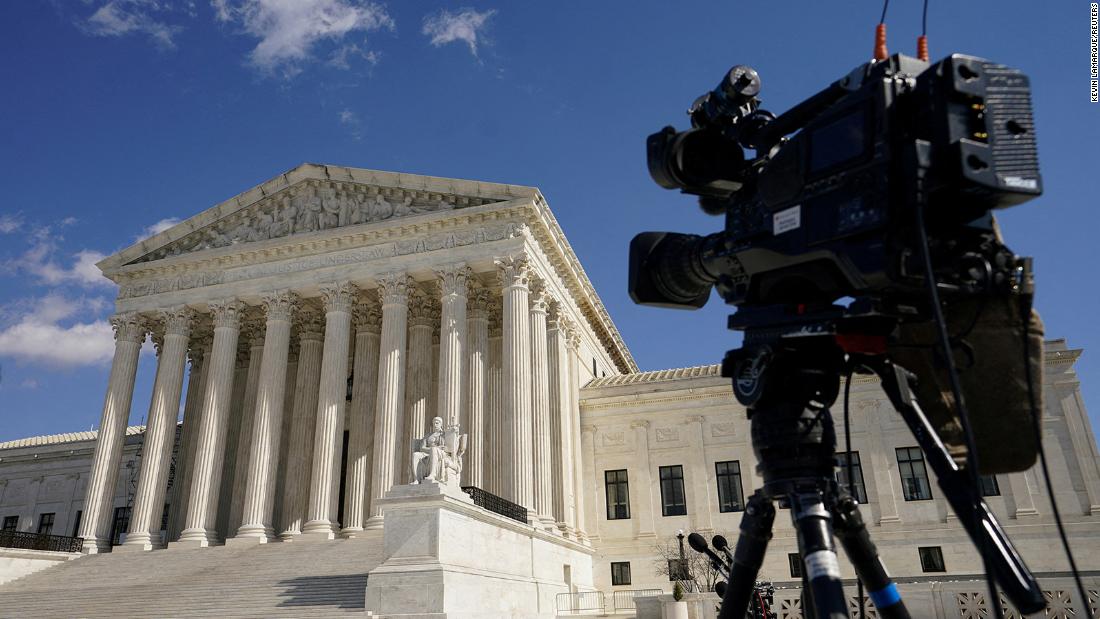INVESTIGATORS in Lisbon are still trying to piece together the funicular tram tragedy which left 17 people dead and dozens injured.
A packed carriage derailed and began hurtling “at full speed” down a steep road completely “out of control” before crashing, witnesses said.
AFPPolice investigate the Gloria funicular wreckage one day after the accident that killed 17[/caption]
XFootage showed the smashed wreckage of the tram after it derailed[/caption]
SolarpixRescuers running over to the wreckage of a funicular tram after it crashed and killed at least 15 people in Lisbon[/caption]
The funicular was making its usual 2,441ft journey through the Portuguese capital just after 6pm local time.
It was reportedly full with at least 38 people inside, made up of locals and tourists, due to it being rush hour in the busy city.
The brake guard in charge of the funicular, named as André Marques, would have started the descent by pulling a lever to make the cart move along the cables above it.
The Glória line’s two cars are attached to opposite ends of a haulage cable with traction provided by electric motors on the cars that counterbalance each other.
As the journey started the two minute and 12 second journey down the hill, the other tram started to come up.
It is believed that a cable holding the lower streetcar snapped with witnesses hearing a “metallic thud” on the line.
Bruno Pereira told CNN Portugal: “I noticed that the tram below didn’t stop exactly where it was supposed to.
“There was a metallic thud, a loud noise, and the tram jumped off the track and moved about two feet onto the sidewalk.”
“That was the first strange thing that happened.”
Due to the two trams needing each other to work properly the initial error caused the second carriage to lose control.
Professor Dave Cooper, Chair the British Standards committee for Cableways in the UK, told The Sun: “It’s quite clear that the relationship between the two cars has been lost.
“And so, the car at the top seems to have broken free and come out of what we call the suspension.
“Its then literally rolled down the hill like a car with no brakes.”
Witness reported seeing the cable hurtling at full speed down the historic route.
Prof Cooper said the amount of people on board at the time and the pure weight of the car caused the speed to become deadly.
Towards the end of the line sits a slight curve in the road which the funicular has to navigate.
When the plunging streetcar reached this intersection it crashed into the curb and smashed into the buildings alongside the street.
Witnesses described the car crumpling like a “cardboard box” when it hit the wall of a hotel and came to an abrupt stop at around 6:05pm local time.
GettyThe cars run along opposing cables which have to work together in order to properly move[/caption]
André Marques, the brake guard in charge of the funicular when it derailed, has been named and pictured as the first victim
APA woman places flowers at the site where the tourist streetcar derailed[/caption]
Prof Cooper explained: “When you’ve got somewhere around 12 tons of metal and people careering down a hill, trying to change direction is really, really hard.
“So the magnitude of those forces involved would just want the car to go straight on which is why it’s come off the track.
“It’s just an absolute tragedy.”
Prof Cooper said the system should have included an emergency brake meaning it likely didn’t work properly during the crash.
Officials confirmed 17 people have died and another 21 were injured in the horrifying crash.
Lisbon is now facing three days of mourning – with the first victims identities being released, such as brakeman André Marques.
And a second victim is reported a German tourist who was on the tram with his wife and son, 3 – both of who survived.
It is understood to be eight women, seven men and two unidentified victims.
Among the dead and injured are understood to be Portuguese nationals, Germans, Spaniards, and people from South Korea, Canada, Italy, France, Switzerland, Morocco and Cape Verde.
The second carriage fell about 6ft but only caused light injuries to those on board.
Authorities are yet to confirm the cause of the derailment with teams still at the crash site as of this morning.
Fabiana Pavel, president of the Bairro Alto Residents’ Association, told the BBC that the tragic crash could be due to “excessive tourism”.
They said: “The use of it in recent years is certainly inappropriate.
“It was used too much and the population lost the ability to use it as public transport, because it became a tourist attraction.”
It has now been reported that the cables used to move the cars had been without daily maintenance since the end of August.
Daily checks on the traction cables are supposed to be carried out but according to local media this hasn’t happened for days.
Pedro Bogas, head of Lisbon’s tramways company, Carris, said there should have been daily inspections of the funicular.
General renovations are conducted once every four years, he added.
ReutersLisbon’s civil protection director speaks to the press near the wreck[/caption]
GettyFirefighters work the scene following the derailment[/caption] Published: [#item_custom_pubDate]













